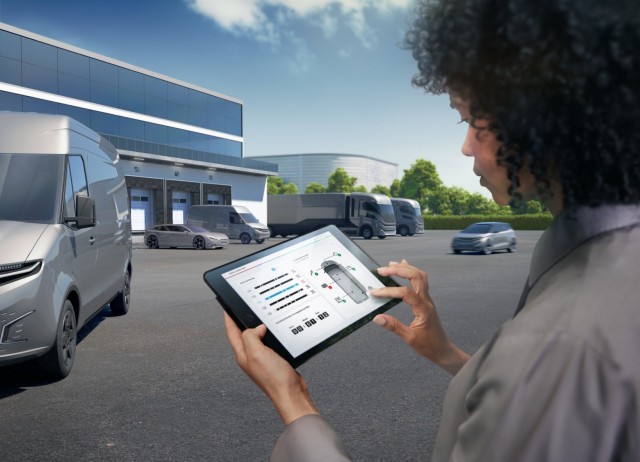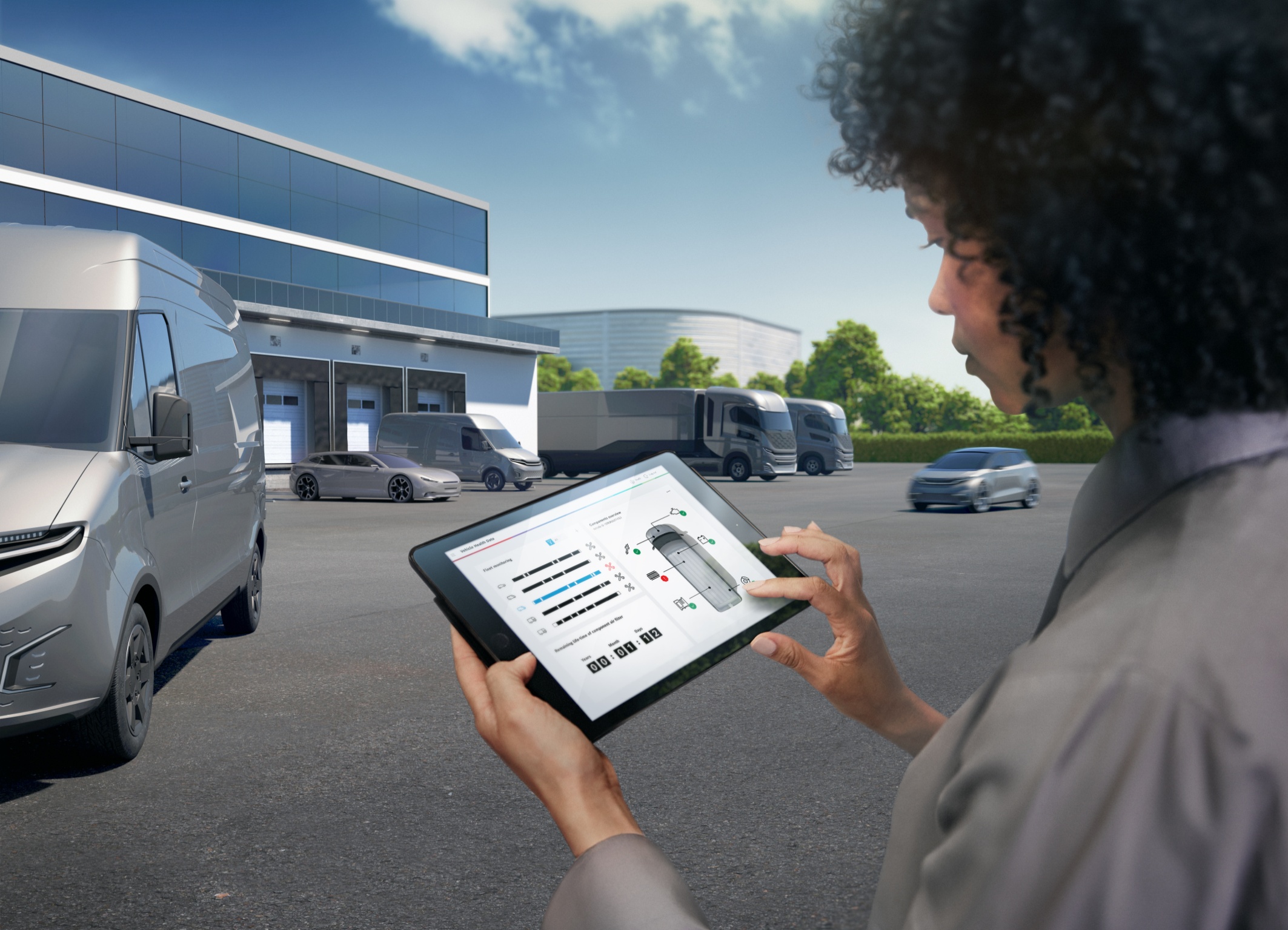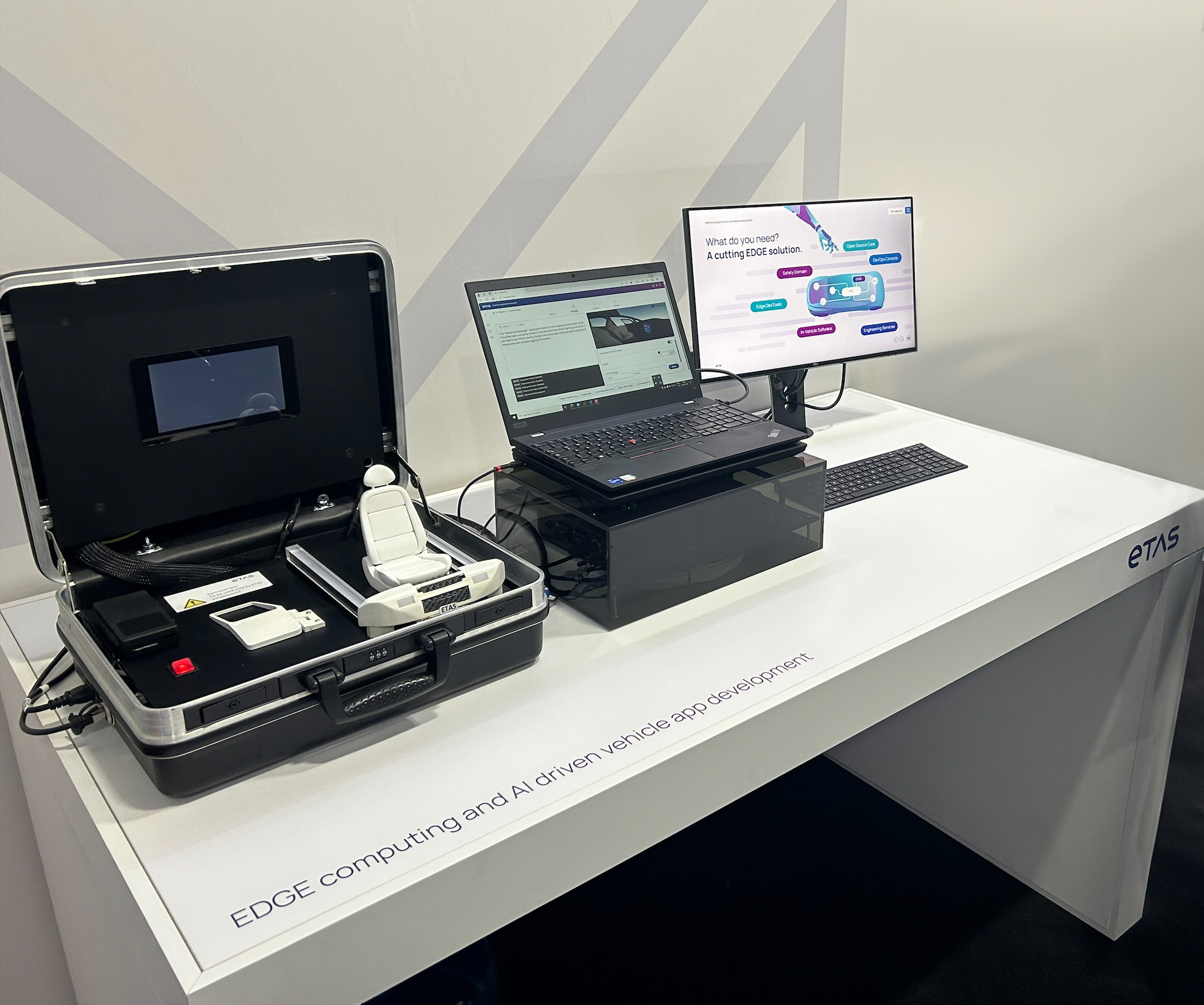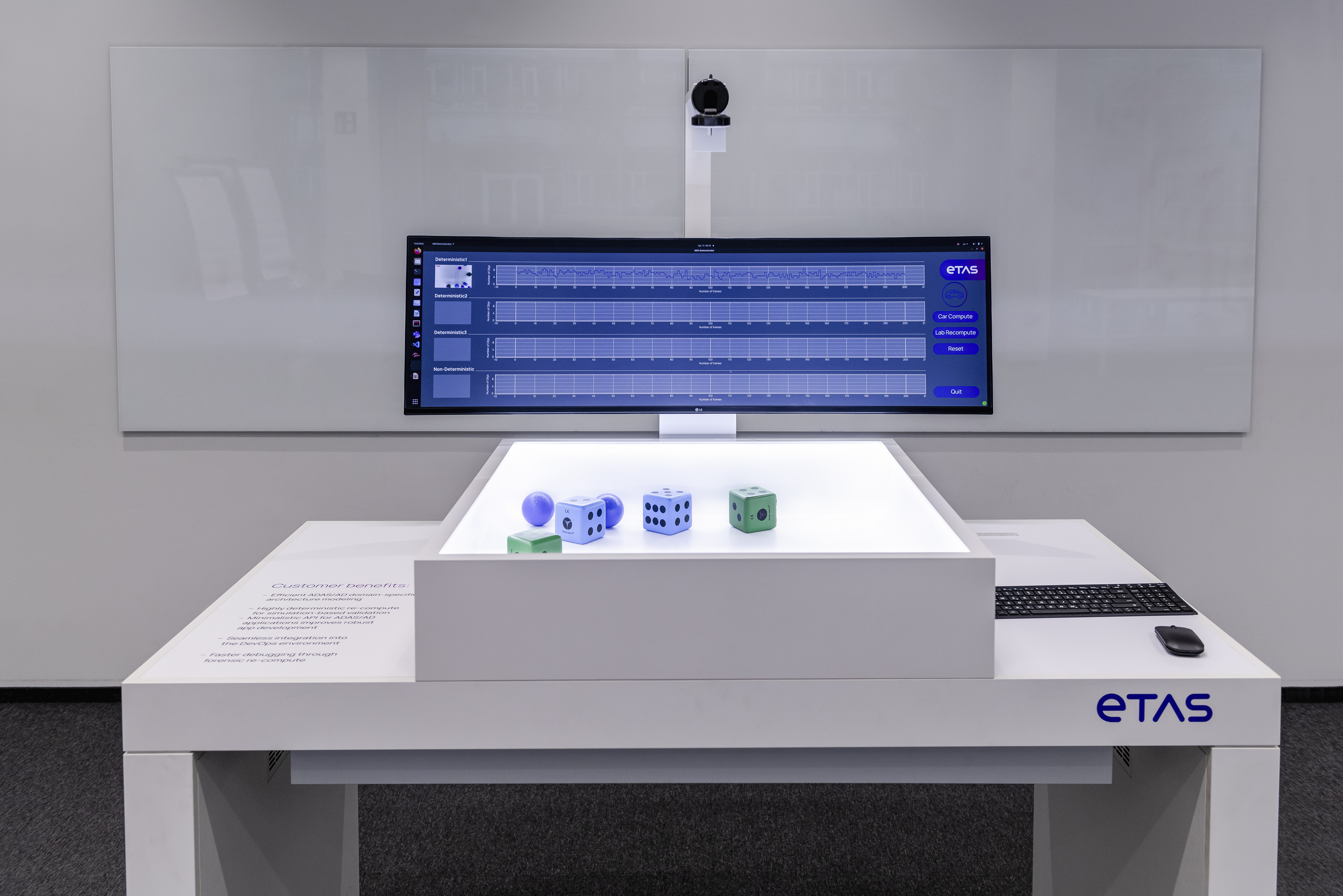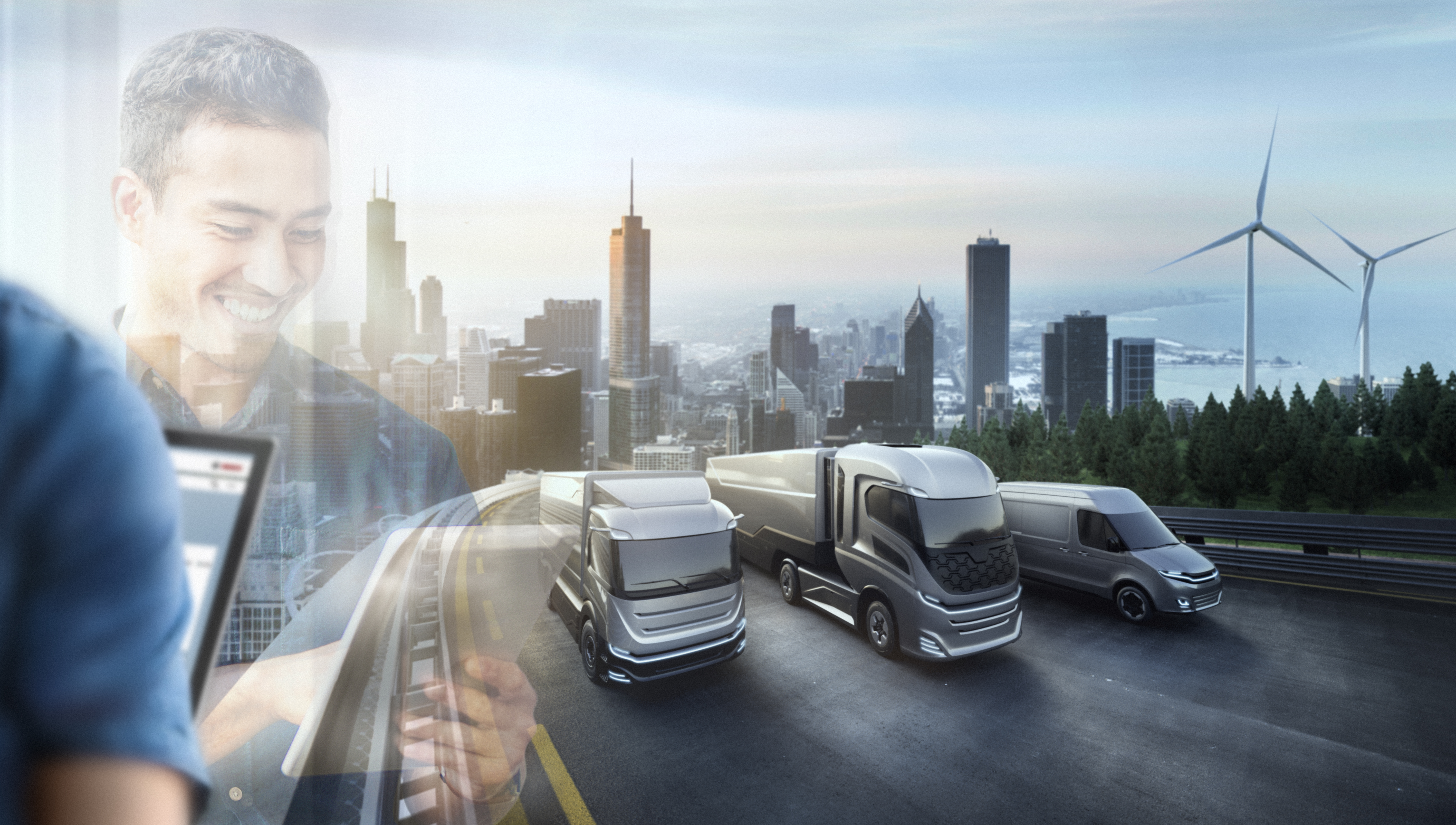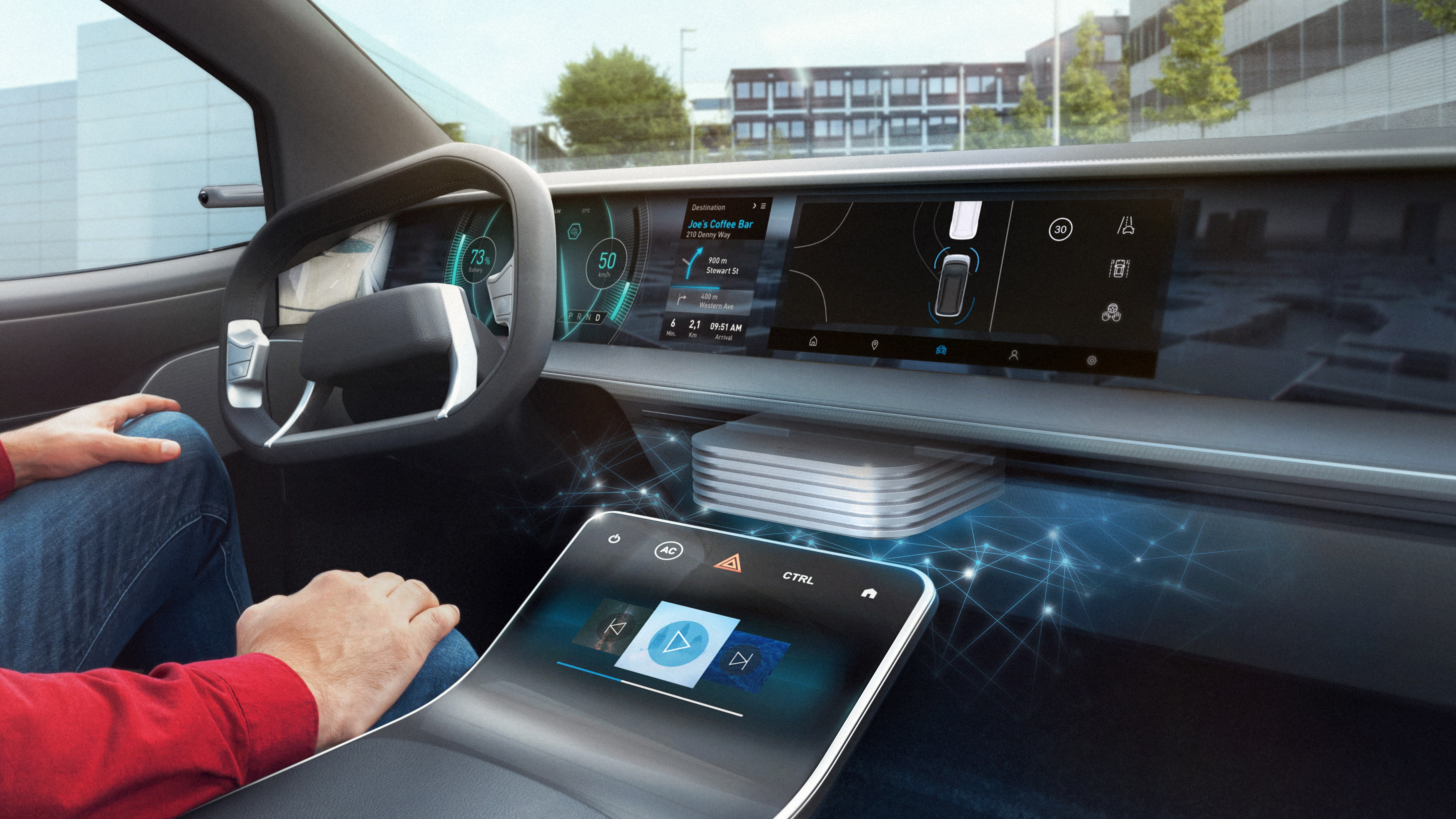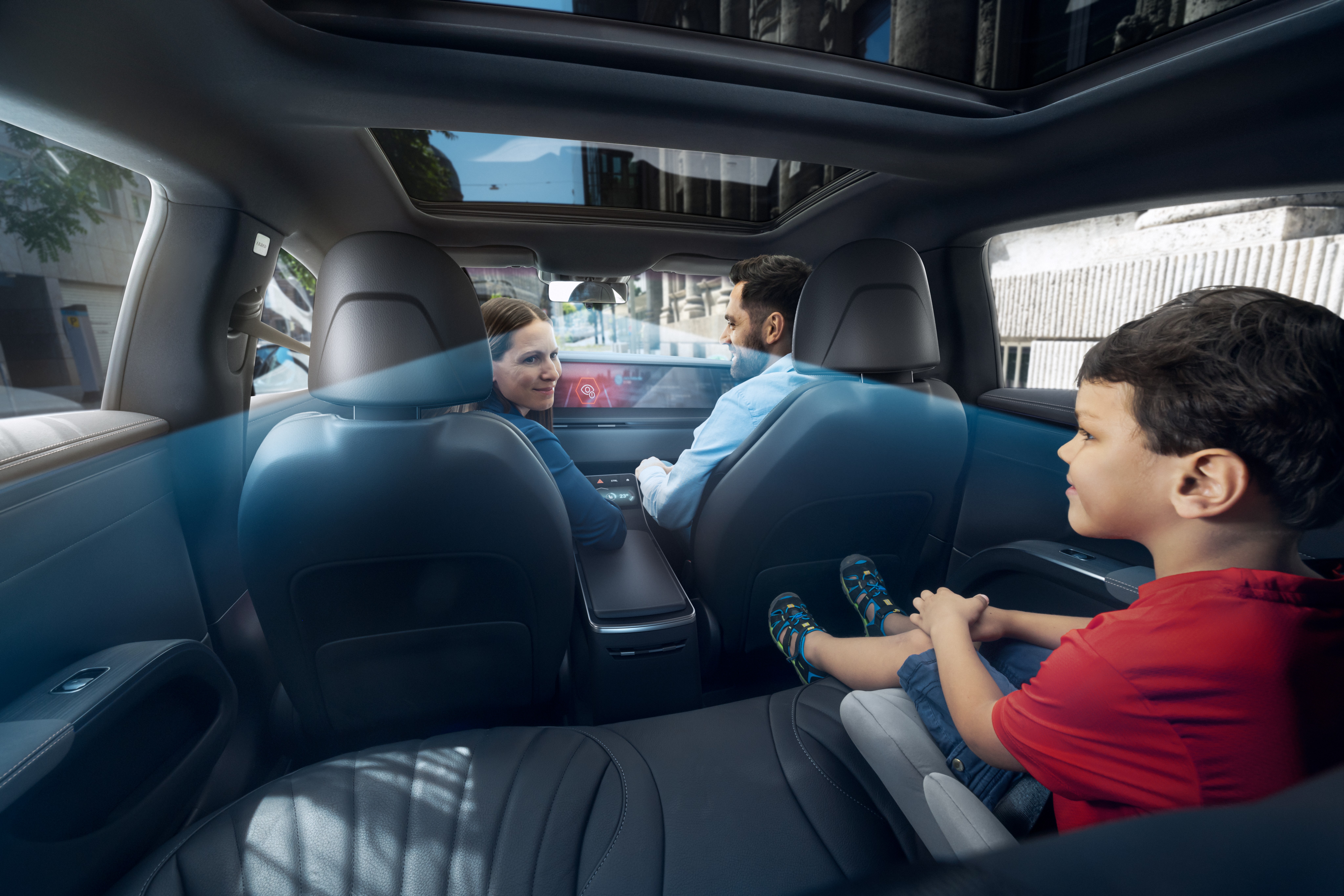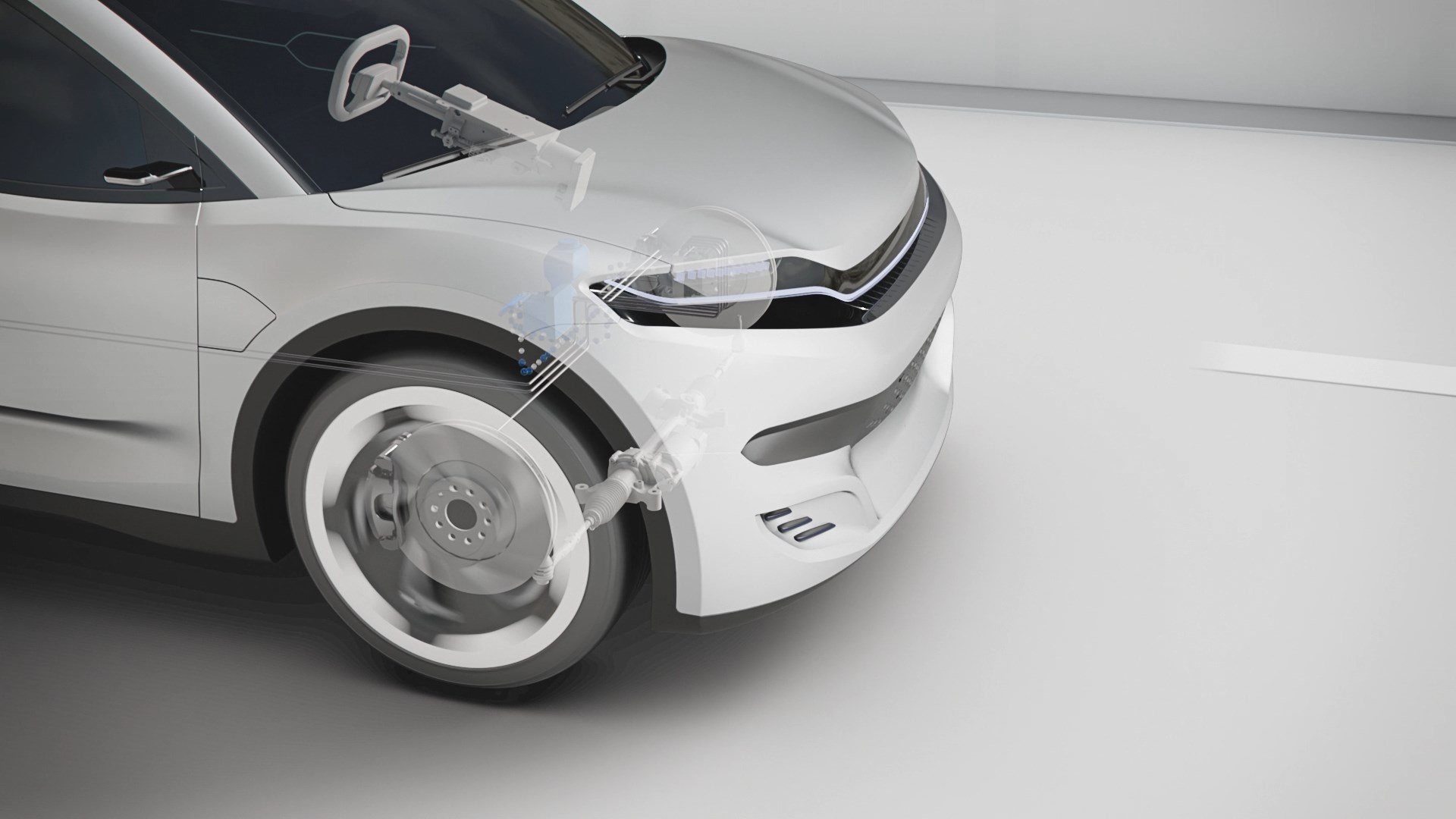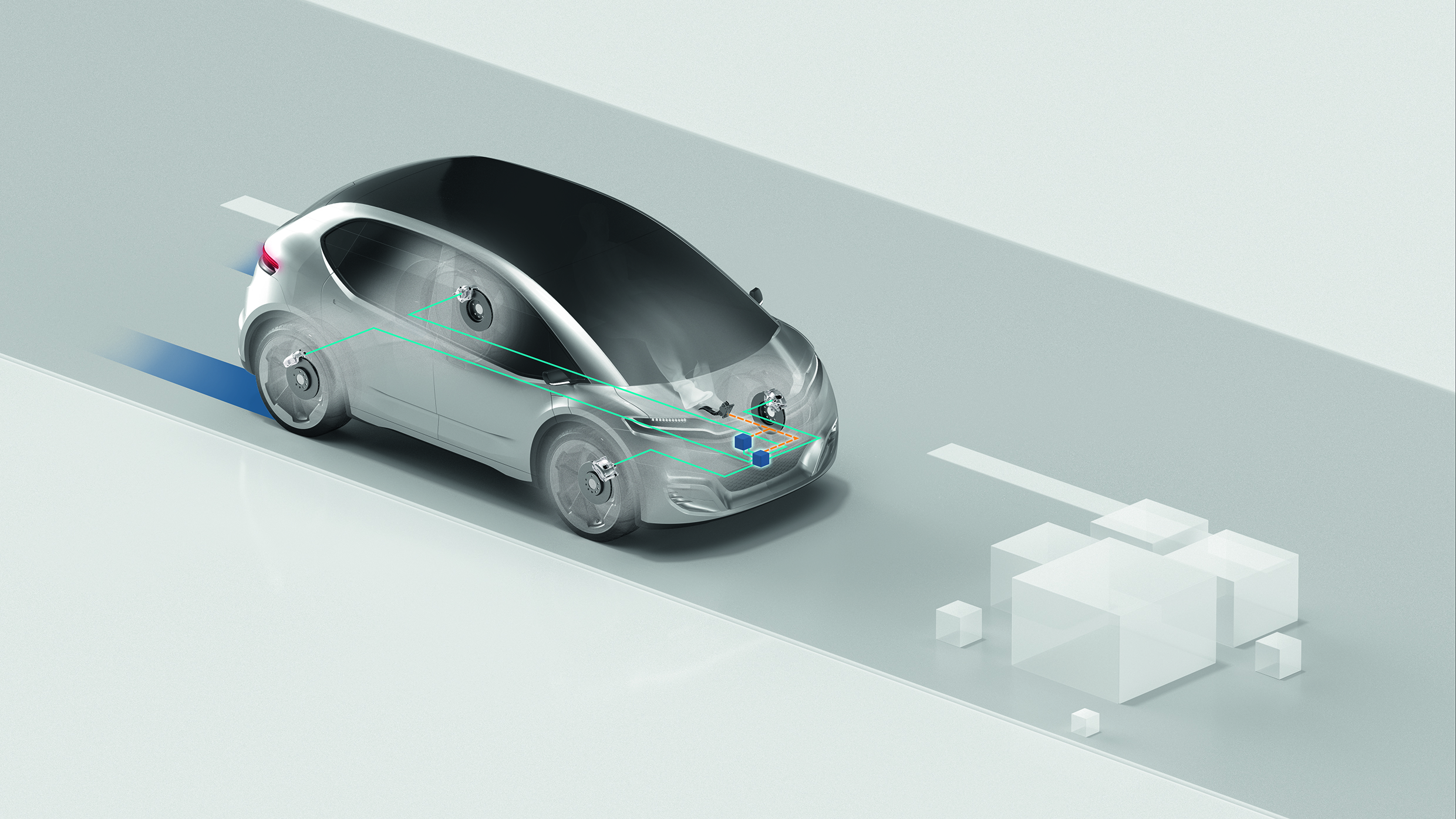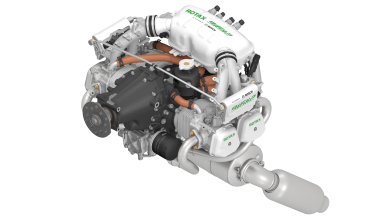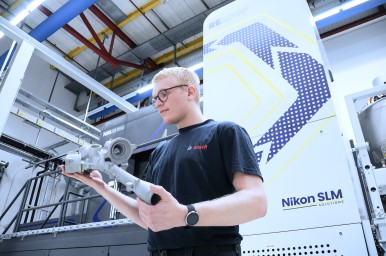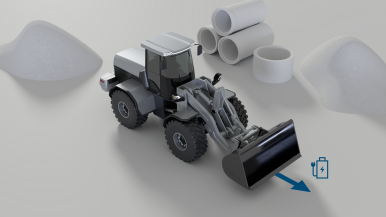Renningen, Germany – For many people, being mobile has never been as easy, safe, and convenient as it is today, thanks to a combination of software, services, and smart technology. At Bosch Tech Day 2024, Bosch will give some insights into its portfolio of solutions and products for the mobility of today and tomorrow.
Software platform for logistics specialists: Bosch’s digital service platform for logistics addresses many of the challenges facing the transportation and logistics industry. At the heart of the software ecosystem for freight carriers and forwarders is a marketplace that provides central access to digital solutions from different vendors in every aspect of logistics business, all in one seamless experience: Driver management, transportation management, fleet management, routing & parking, financial services, and supply chain visibility, as well as fuel, energy & sustainability. Furthermore, the platform is more than just a marketplace. It enables the seamless integration of so far separate services and data. One concrete example: Software providers such as Webfleet, Europe's largest fleet management system, collaborate with Bosch L.OS to offer fleet managers value-added services within its fleet management solution. This allows their users to unlock new and valuable features without running own cost- and time-intense IT projects. Bosch is working on this with Amazon Web Services (AWS).
Deterministic middleware solutions:The ETAS middleware solution for the development and operation of advanced automated driving systems supports the modeling of software and hardware architectures and high-performance communication. This middleware integrates various application functions and connects them with each other. It consists of several tools, ECU software libraries, and a robust application programming interface (API) for the development cycle of advanced driver assistance systems and automated driving. The distinctive feature of the ETAS solution is that it ensures that real test kilometers can be applied one-to-one and with unrivaled accuracy in a virtual environment. This is the key to reliable development in virtual environments. In this way, ETAS enables for automakers and other suppliers massively reduce the number of physically driven test kilometers through reproducible simulation-based validation. New driving functions can thus be launched on the market more quickly – without compromising safety.
AI vehicle application generator: Vehicle users increasingly expect personalized functions that reflect their individual needs. This presents vehicle manufacturers with the task of providing such software-based vehicle functions. However, the development of such software is complex, requiring in-depth knowledge and close collaboration with suppliers. Passenger-welcoming features that offer precise control of seats, light, and headlights can currently be integrated only by OEMs, which makes any customization difficult for dealers, rental car companies, fleet owners, and drivers. The ETAS AI vehicle application generator fundamentally changes this situation: the AI-driven generator, an extension to the ETAS Edge Middleware solution, enables everyone – from OEMs to drivers – to create new vehicle functions using natural language, without prior knowledge. The tool generates complete, ready-to-use apps with integrated safety and compliance functions.
Act-by-wire: Act-by-wire technologies replace the mechanical connections between the steering wheel and brake pedal and the respective actuators of the steering and braking systems with electrical signal lines. This makes new functions possible that provide assistance in critical driving situations and even avoid such situations altogether. They also enhance comfort and vehicle agility. At the same time, they open up new possibilities for the design of the human-machine interface and of the vehicle interior. Act-by-wire solutions reduce the number of variants for left-hand- and right-hand-drive vehicles, allow brake and steering actuators a crash optimized installation and to take up less installation space. For safety purposes, redundancy is included in the design of the braking and steering actuators, power supply, and communication of act-by-wire systems. For optimum control of by-wire actuators, Bosch’s Vehicle Motion Management software can be used.
Connected services for fleets: Bosch connectivity solutions also help mobility and logistics service providers to use their vehicles as efficiently as possible and minimize downtimes. The technical basis for this is a Bosch control unit that can be retrofitted to any vehicle regardless of manufacturer, allowing the fleet operator to access its operating and diagnostic data, and thus enabling a wide range of data-based services. The Retrofit Efficiency Module (Remodul) function, for example, recognizes the route a truck is taking and slightly adjusts its speed in line with empirical values stored in a central database. This can reduce fuel consumption by up to 4 percent – an attractive cost advantage for fleet operators. Vehicle Health, in turn, records both standardized and manufacturer-specific error codes in the vehicle and evaluates them in the cloud. Any impending problems are recognized at an early stage and presented in an understandable way, and immediate responses such as prioritized servicing are suggested. This significantly reduces the number of unexpected breakdowns, which makes it much easier for operators to plan.
Cockpit and ADAS integration platform: In the future, vehicles will be defined by an intelligent combination of electronics and software. Bosch is focusing on the shift away from an electrical/electronic (E/E) architecture that is domain-specific toward one that is vehicle-centric and zone-oriented. The architecture comprises very few, but nonetheless very powerful, cross-domain vehicle computers such as the cockpit and ADAS integration platform – a software-intensive central computer that integrates the previously separate infotainment and driver assistance functions into one system on a chip. Such functions include automated parking and lane recognition, paired with intelligent and personalized navigation and voice assistance. The modular and scalable high-performance computer requires less space and cabling in the vehicle and allows vehicle manufacturers to cut costs. As a result, more automated driving functions can also be integrated into compact- and middle-class vehicles. Bosch’s aim is to reduce the complexity of electronic systems in vehicles while making them as safe as possible.
Interior sensing solutions: Through innovative sensor and software solutions, Bosch interior sensing solutions increase safety for all vehicle occupants. They recognize distraction and drowsiness and can warn drivers accordingly. Occupant monitoring functions that keep an eye on the entire interior are essential for automated driving and facilitate safety systems such as seat belt reminders and airbag suppression. This interior monitoring also enables comfort and convenience functions such as automatic seat and temperature settings as well as gesture control. In addition to the camera system, the cabin sensing radar detects extremely small movements in and around the vehicle. It can recognize a sleeping baby in the car as well as attempts to approach or break in, and alerts the owner accordingly. The functions are available as stand-alone software solutions, in central vehicle computers, or in dedicated control units.
Connected map services: By combining swarm data from connected vehicles and infrastructural data sources such as weather information, Bosch’s connected map services can deliver accurate and up-to-the-minute information on numerous aspects of the driving environment. In contrast to human drivers, who learn only from their own experience, the connected map services benefit from the combined empirical data from all connected vehicles. This can allow the vehicle systems to determine things such as the optimum driving speed in a traffic circle, the exact lane geometry and driving trajectory at complex intersections, localization landmarks that the vehicle can use to position itself with centimeter precision, or even information on where the road is currently dangerously icy. Using this extensive and reliable real-time information, driving behavior can be planned and, if road conditions change during the journey, adapted proactively and safely. In this way, the connected map services not only improve existing driver assistance functions and increase their availability, but also create new possibilities for developing and improving vehicles and mobility services, thereby making the mobility of the future safer and more convenient.

